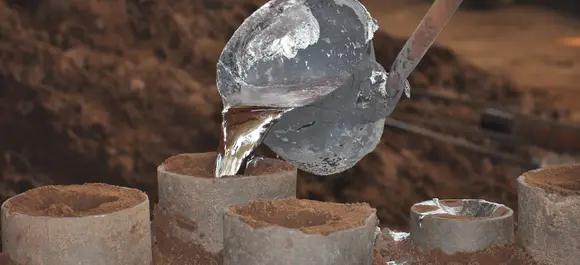Mobile:+86-311-808-126-83
Email:info@ydcastings.com
bronze casting equipment
Bronze Casting Equipment An Essential Guide
The art of bronze casting has been utilized for centuries, producing everything from intricate sculptures to functional objects. To achieve high-quality bronze casts, having the proper equipment is essential. In this article, we will explore the various types of equipment used in bronze casting, discussing their functions and importance in the casting process.
Crucibles
At the heart of bronze casting is the crucible, the container used to melt the bronze alloy. Crucibles are typically made from materials that can withstand high temperatures, such as clay graphite or silicon carbide. The choice of crucible depends on the melting method – whether it be induction, gas, or electric melting. A good crucible not only allows for even heating and prevents contamination but also can withstand rapid temperature changes.
Furnaces
Furnaces are crucial for providing the high temperatures needed to melt bronze. There are several types of furnaces used in bronze casting, including induction furnaces, propane furnaces, and electric furnaces. Induction furnaces use electromagnetic energy to produce heat, allowing for precise temperature control and efficient melting. Propane furnaces are favored for their portability and ease of use, making them a popular choice for artists and hobbyists. Electric furnaces offer a clean and consistent heat source, ideal for smaller-scale operations.
Molds
Molding is a crucial step in the bronze casting process. There are different types of molds, including sand molds, investment molds, and lost-wax molds. Sand molds are commonly used for large castings and allow for easy replication of designs. Investment molds, made from a refractory material, are used for more detailed pieces and provide a smooth finish. Lost-wax molds are popular for their ability to capture intricate details, allowing for complex and delicate designs. Each mold type requires specific preparation and handling techniques to ensure the best results.
bronze casting equipment

Pouring Equipment
Pouring bronze into molds must be done with precision to avoid defects. Pouring ladles are designed to transport and pour molten metal carefully. Safety is paramount during this stage, and many pouring ladles come equipped with heat-resistant handles and spouts designed to control the flow of metal accurately. Additionally, protective gear such as gloves, aprons, and helmets are essential to ensure the safety of the operator during the pouring process.
Finishing Tools
After the bronze has cooled and solidified in the mold, finishing tools come into play. This equipment includes grinders, sanders, and polishers, used to refine the cast piece. Finishing tools help remove any imperfections and enhance the overall appearance of the final product. Additionally, chemical patinas and waxes can be applied to achieve desired effects, adding depth and character to the bronze surface.
Safety Equipment
Finally, safety equipment cannot be overlooked in the bronze casting process. Protective gear such as heat-resistant gloves, goggles, and fire-retardant clothing are essential to protect against burns and injuries. Ensuring a safe working environment is critical, as the casting process involves high temperatures and molten metal.
In conclusion, the right bronze casting equipment is fundamental to producing high-quality works of art. From crucibles and furnaces to molds and finishing tools, each piece of equipment plays a vital role in the casting process. As artists and craftspeople continue to innovate in this ancient technique, having an understanding of the equipment will lead to more successful and inspiring outcomes in bronze casting.
-
What Makes Stainless Steel Pump Casting Essential for Modern Industries?NewsJul.14,2025
-
Revolutionize Your Engine Maintenance with Premium Aluminum and Cast Iron ComponentsNewsJul.14,2025
-
Precision Flow Engineering Starts with the Right Pump ComponentsNewsJul.14,2025
-
Maximize Efficiency: Explore Reliable Containment and Crop SolutionsNewsJul.14,2025
-
Discover Superior Performance with Advanced Turbo ComponentsNewsJul.14,2025
-
Boost Fluid Dynamics with Precision-Engineered Pump ComponentsNewsJul.14,2025











